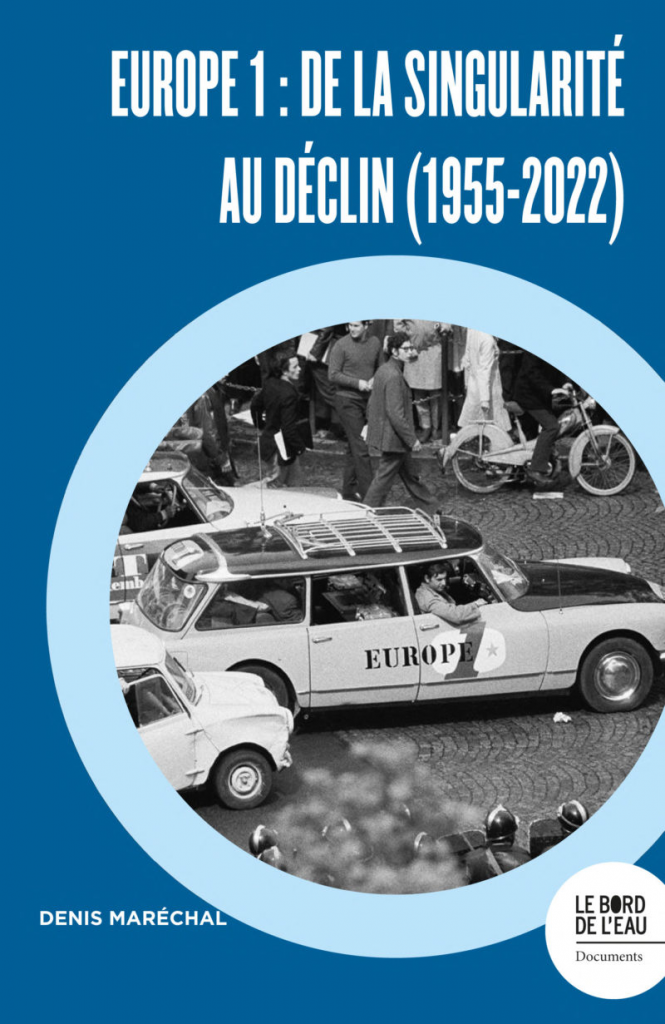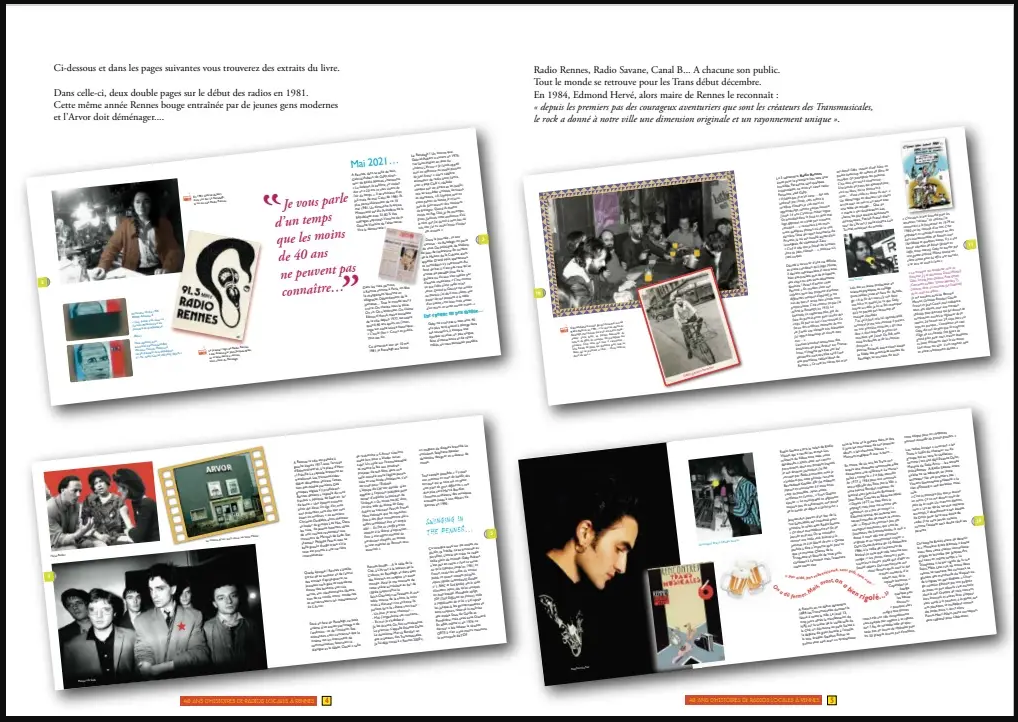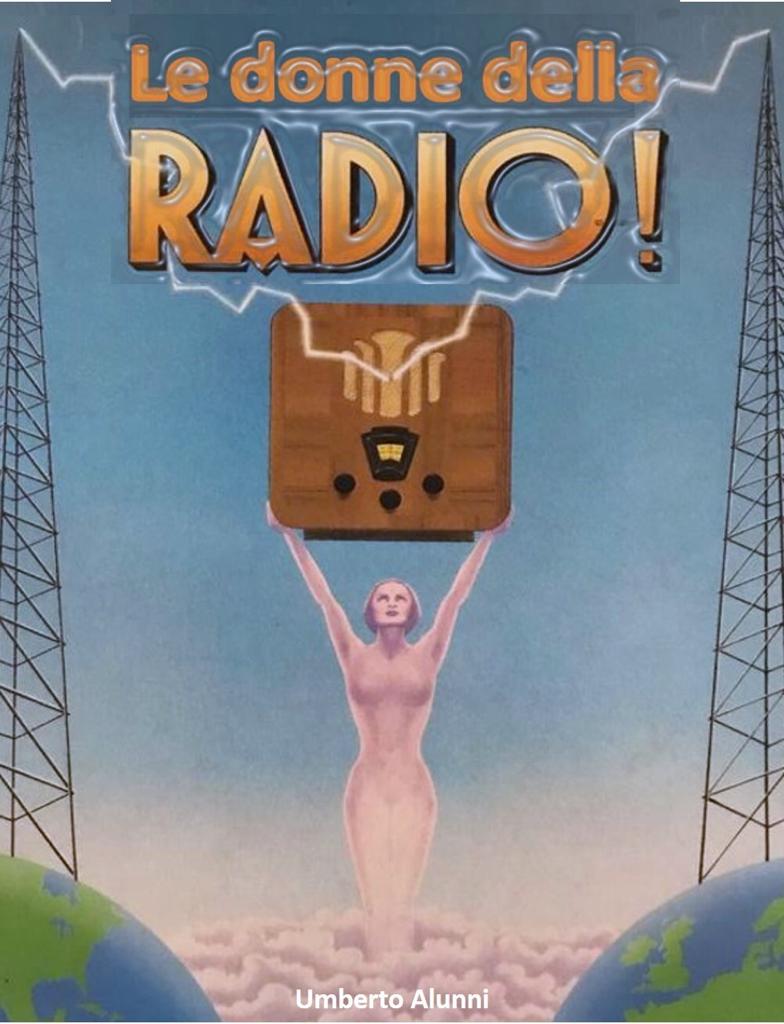Three editors with exceptional personalities built its success, but with the generation changeover, the decline began

Source
The epic story of one of France’s most successful radio stations is reconstructed in the book ‘EUROPE 1. De la singularité au déclin (1955-2022)’, written by Denis Maréchal, French journalist and columnist. The broadcaster was founded in 1954 by Charles Michelson, a visionary entrepreneur who was already thinking about Europe and television. But he is an awkward character and the government bars his way, making Sylvain Floirat, owner of the Matra aeronautics group, take his place. Floirat is also a man of great qualities and makes the station grow further. Among his employees is Jean-Luc Lagardère, a young engineer who takes over in the mid-1970s, continuing to develop the winning format and consolidating the station’s success.
An innovative formula

Source
Live programmes, an independent newsroom with great personalities, and political debates are Europe 1’s strengths. The music is no less: jazz, yé-yé culture and rock, pop music, and chanson à texte (so-called because the authors claim the literary quality of the texts). But in 1981 the competition from free radio began and since 2003 the second generation has been at the helm of the company. Arnaud Lagardère, however, made strategic mistakes that aggravated the crisis and prevented the station from being renewed. Meanwhile, digital erodes ratings. In 2020, the group was in crisis and the shareholders challenged Arnaud, who, in order to remain at the helm, ‘opened up’ to Vincent Bolloré’s corporate entry. He starts with 10% but within two years, the Vivendi group patron takes control of the Lagardère group, further downsizing Europe 1. We talked about it on Radio Reporter here, here, and here.
Written by Fabrizio Carnevalini




